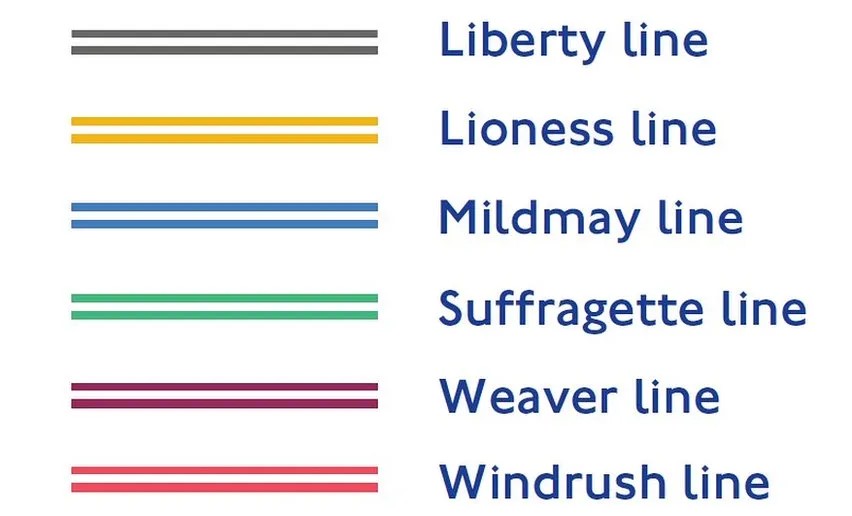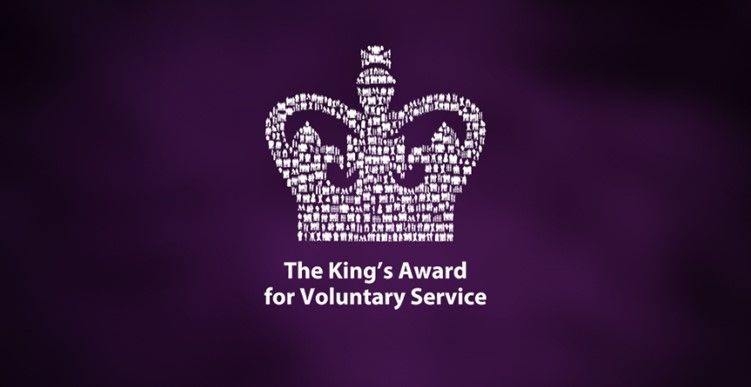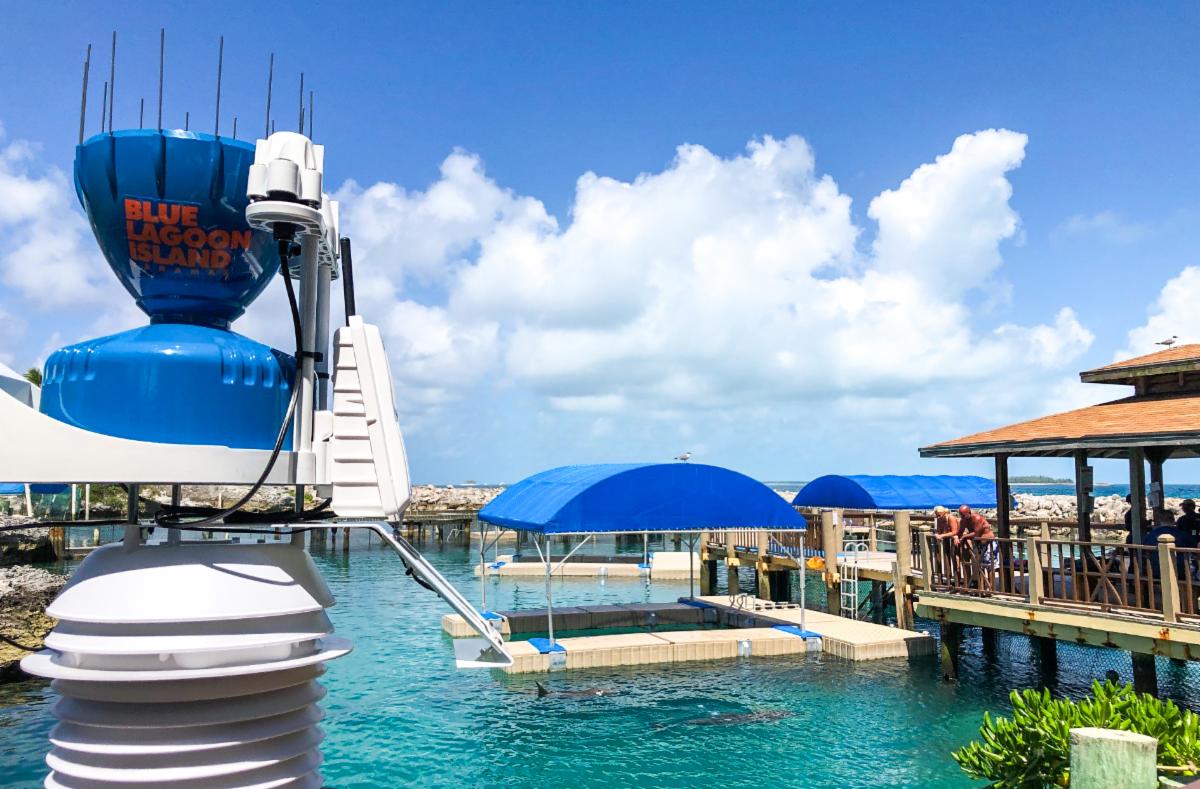The London Overground is being renamed and rebranded in a bid to make it easier for passengers to work out where their train goes.
The six different branches of the 113-station network are each being given a different name and colour – ending the format of all Overground routes being shown as orange-bordered lines on the Tube map. Parts of the line will be renamed the Windrush line, the Suffragette line, the Weaver line, the Mildmay line and the Liberty line.
Meanwhile, the Euston to Watford Junction part of the Overground, which calls at Wembley Central station, will be renamed the Lioness line’ in honour of the England women’s football team that won the Euros at Wembley stadium in 2022. London Mayor, Sadiq Khan, said the £6.3 million rebrand was being carried out to make it easier for passengers to navigate across the Overground and to celebrate London’s culture and recent history.
He said: “Giving each of the Overground lines distinct colours and identities will make it simpler and easier for passengers to get around. The six new lines designed to help people navigate the Overground and ‘celebrate’ London’s culture and recent history (TfL)
“In re-imagining London’s Tube map, we are also honouring and celebrating different parts of London’s unique local history and culture. The new names and colours have been chosen through engagement with passengers, historians and local communities, reflecting the heritage and diversity of our amazing city.”
But Susan Hall, the Tory mayoral candidate, said: “1,000 people have been killed under his mayoralty and Sadiq Khan is only interested in this virtue-signalling nonsense. The only surprise is that he hasn’t named one of them the Sadiq line.” Since coming under Transport for London’s control in 2007, the Overground has become the second busiest railway in the country with about 180 million passengers a year, whilst only the Elizabeth line, another TfL line, with about 220 million a year, is busier.
All the Overground lines will be shown as a white line with coloured borders – following the style that only Tube lines are shown as solid lines on the Tube map.
The routes will be renamed and illustrated as follows:
- The Lioness line, between Euston to Watford Junction, will be illustrated with yellow parallel lines. The name – the nickname of the England women’s football team - honours the Euro winners and is meant to “inspire and empower the next generation of women and girls in sport”.
- The Mildmay line, between Stratford and Richmond/Clapham Junction, honours the Mildmay Mission, the charitable hospital in Shoreditch that has cared for Londoners for 160 years and treated diseases from cholera to HIV. It will be shown with blue parallel lines.
- The Windrush line will run between Highbury & Islington and Clapham Junction, New Cross, Crystal Palace and West Croydon. It runs through areas with strong ties to Caribbean communities, such as Dalston Junction, Peckham Rye and West Croydon, and will be shown in red parallel lines.
- The Weaver line will be the name of Overground services in and out of Liverpool Street – to and from Cheshunt, Enfield Town and Chingford. It runs through areas such as Spitalfields, Bethnal Green and Hackney that were known for their textile trade. It will have maroon borders.
- The Suffragette line will be the Gospel Oak to Barking Riverside branch line. It will have green borders. The name celebrates the East End working-class movement that paved the way for women’s rights. Barking was the home of the longest surviving Suffragette Annie Huggett, who died aged 103.
- The Liberty line will be the short route between Romford and Upminster and will be shown by grey parallel lines. The borough of Havering has traditionally had more self-governance and autonomy than other areas.










